Explanation
Guryongsa Temple is located 6 kilometers from Birobong Peak on Chiaksan Mountain, in the direction of Hakkok-ri. It was believed that Monk Uisang (625-702) of the Silla Kingdom (57 BC - AD 935) built and named the temple Guryongsa in 668 during the reign of King Munmu. However, it is now known that the temple was built after King Sukjong, the 19th King of the Joseon dynasty (1392-1910), who reigned from 1674 to 1720, because of the architectural style of Daeungjeon Hall. There is a legend that the Guryongsa Temple site was originally a lake where nine dragons lived. The name Guryong comes from the story that the lake was filled up to build the temple on it. There are many buildings such as Daeungjeon Hall, Bogwangnu Pavilion, Samseonggak Pavilion, Simgeomdang Hall and Seolseondang Hall. Daeungjeon Hall has maintained its original shape though it was repaired many times.
Inquiry
+82-33-732-4800
Homepage
www.templestay.com (Korean, English)
Information Use
Contact and Information : • 1330 Travel Hotline: +82-2-1330
(Korean, English, Japanese, Chinese)
• For more info: +82-33-732-4800
Parking facilities : Available (Chiaksan National Park)
Day off : N/A (Open all year round)
Hours : Sunrise - Sunset
More information
Hiking Course
* Guryongsa Temple - Seryeompokpo Falls - Birobong Peak - Guryongsa Temple (10.9 km / 6 hr)
* Guryongsa Temple - Seryeompokpo Falls - Birobong Peak - Godeunchi - Bugok-ri (15.8 km / 8 hr)
* Hwanggol Cave - Ipseoksa Temple - Birobong Peak - Seryeompokpo Falls - Guryongsa Temple (10.7 km / 5 hr)
* Hanggu-dong - Gukhyangsa Temple - Hyangnobong Peak - Seryeompokpo Falls - Guryongsa Temple (14.2 km / 7 hr)
* Geumdae-ri - Yeongwonsa Temple - Namdaebong Peak - Birobong Peak - Seryeompokpo Falls - Guryongsa Temple (22.6 km / 12 hr)
* Seongnam-ri - Sangwonsa Temple - Namdaebong Peak - Birobong Peak - Seryeompokpo Falls - Guryongsa Temple (23.8 km / 13 hr)
Admission Fees
Individuals - Adults 2,500 won / Teenagers 800 won / Children 500 won
Groups - Adults 2,300 won / Teenagers 700 won / Children 400 won
* Groups: 30 people or more
Parking Fees
Compact vehicles: First hour 500 won / each additional 10 min 100 won / Max. daily fee 5,000 won / Monthly pass 50,000 won
Small & Mid-sized vehicles: First hour 1,100 won / each additional 10 min 250 won (peak season 300 won) / Max. daily fee 13,000 won / Monthly pass 150,000 won
Large vehicles: First hour 2,000 won / each additional 10 min 400 won (peak season 500 won) / Max. daily fee 20,000 won / Monthly pass 200,000 won
Restrooms
Available
Location
500, Guryongsa-ro, Wonju-si, Gangwon-do
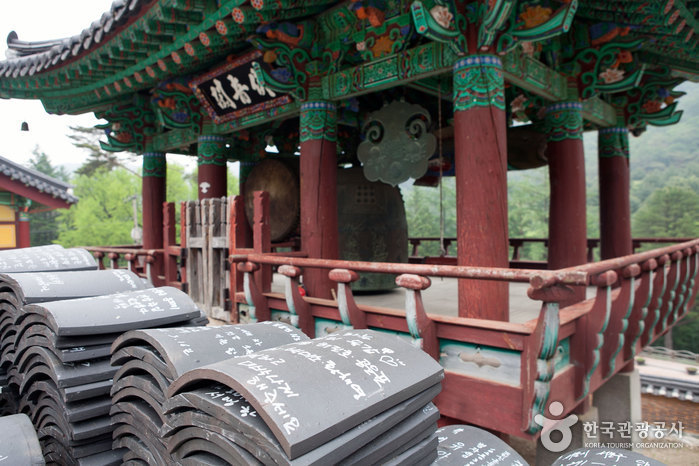
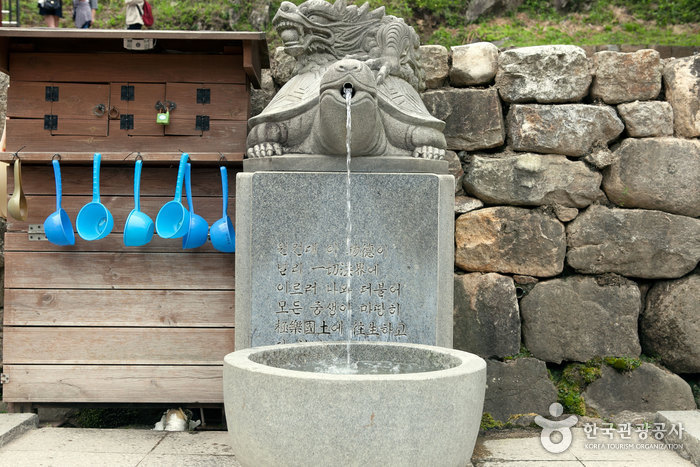
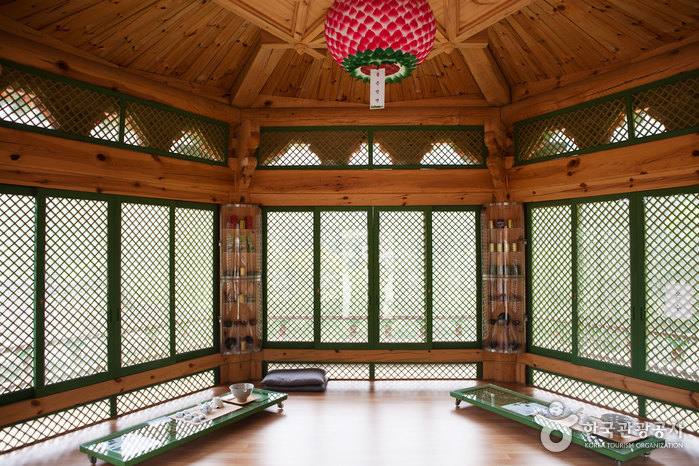
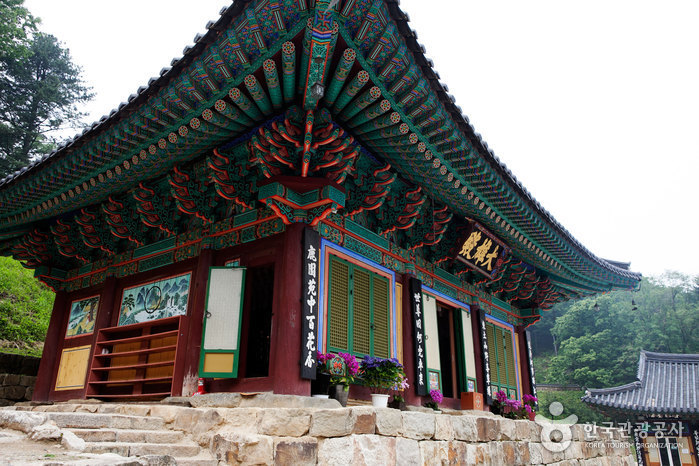

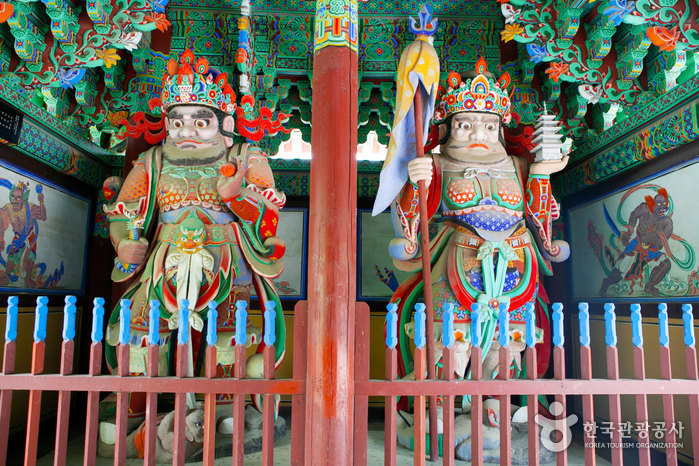
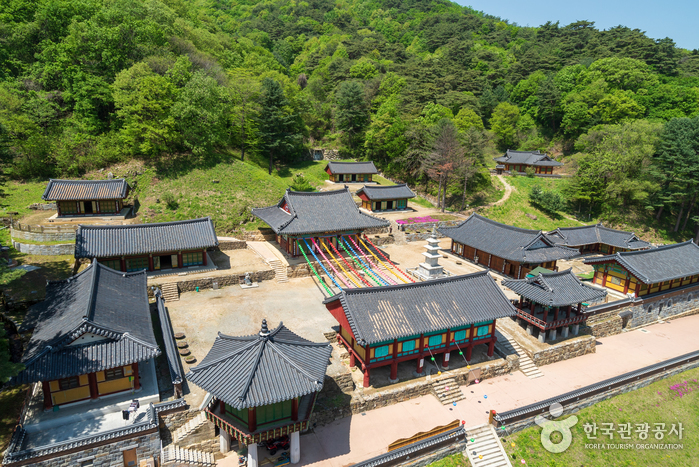

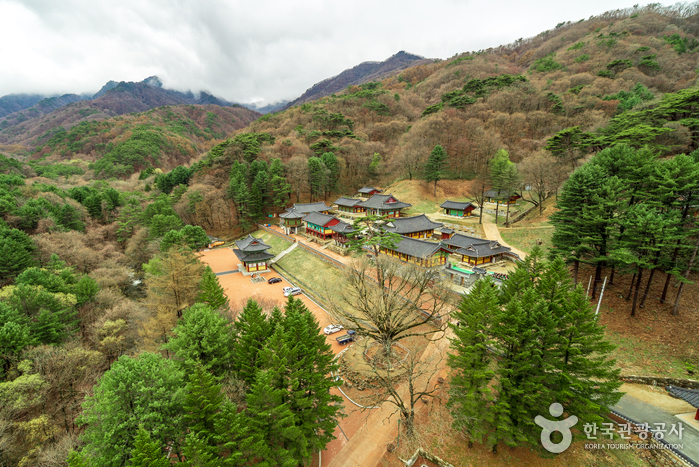
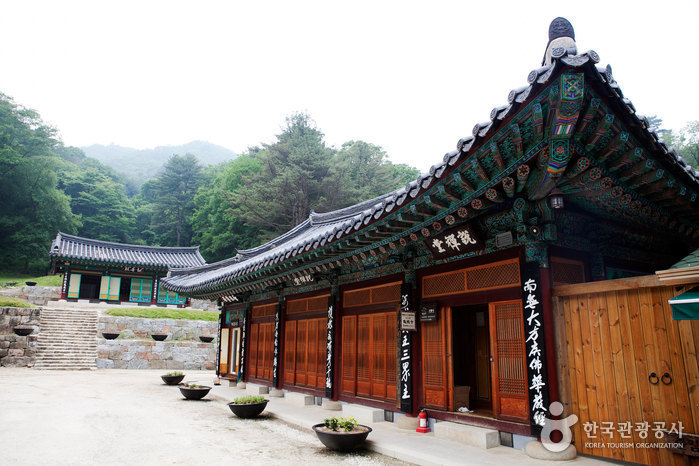
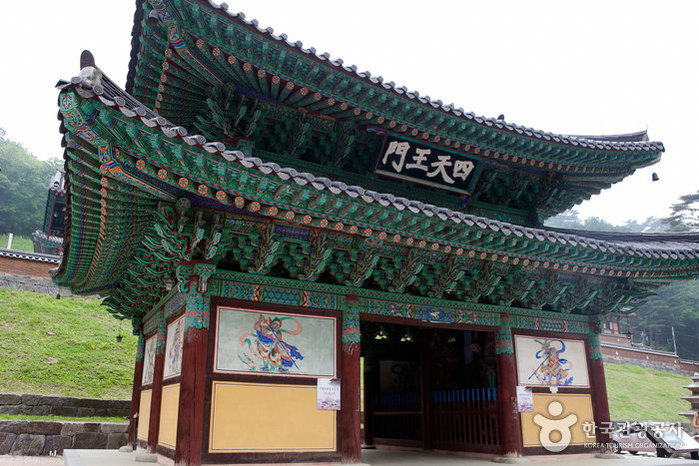
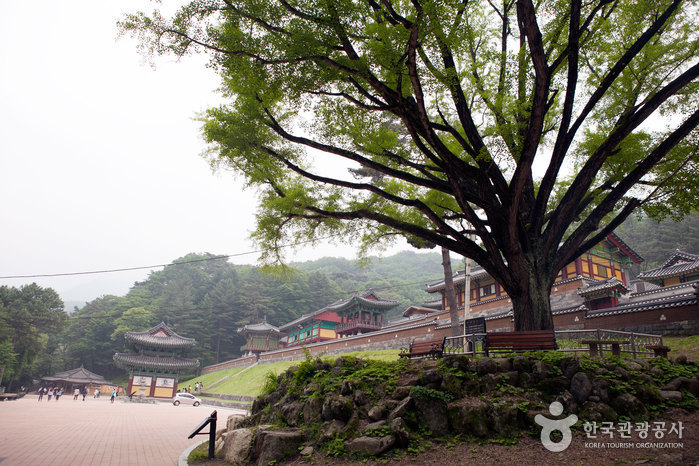
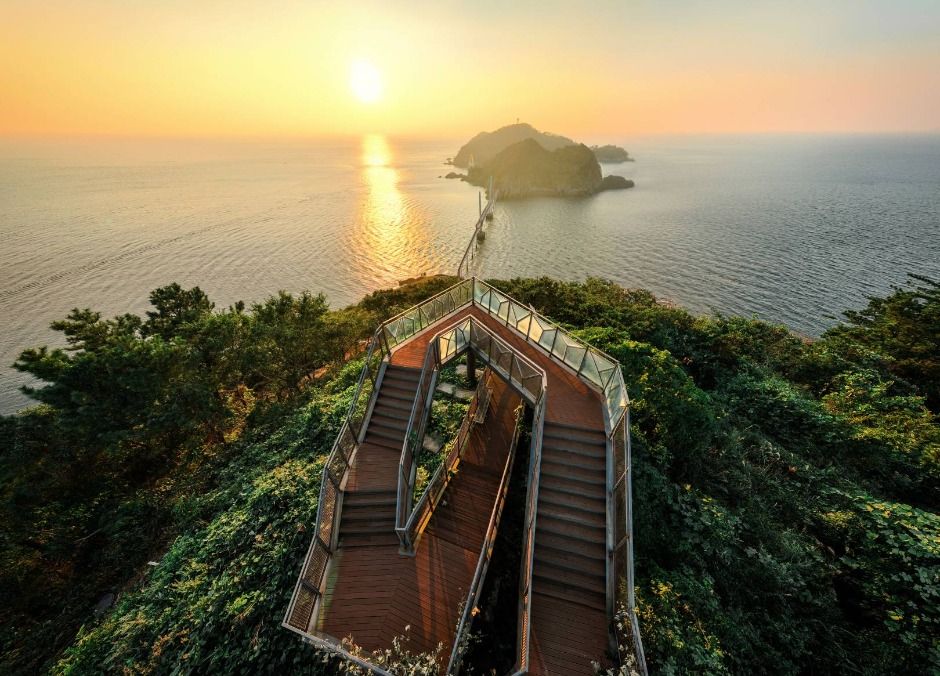
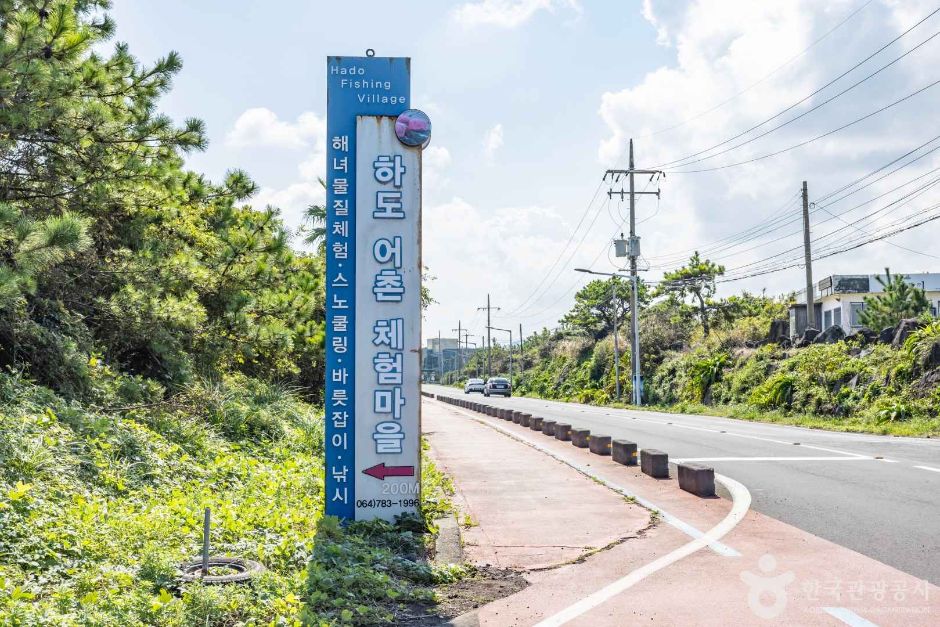
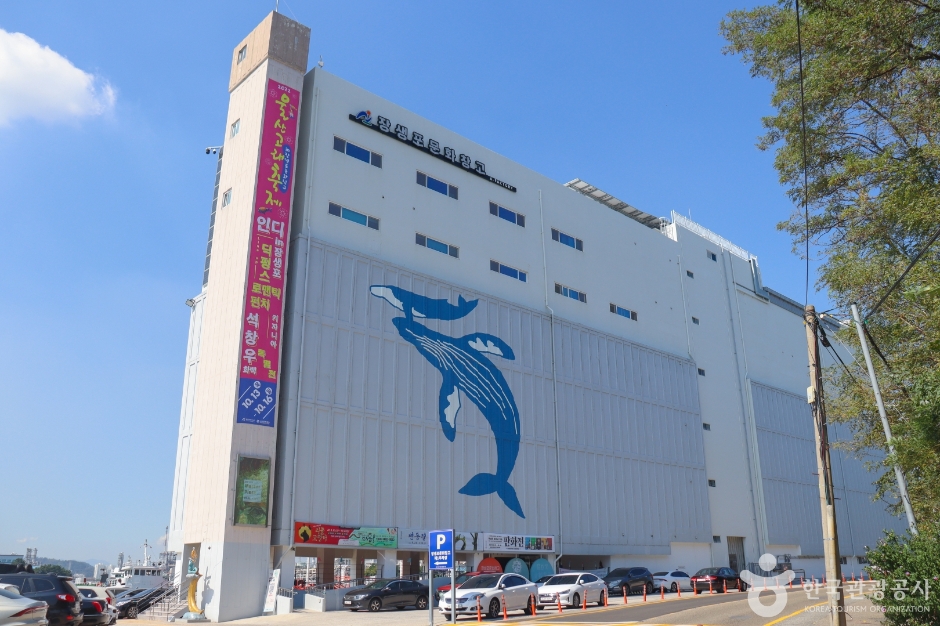
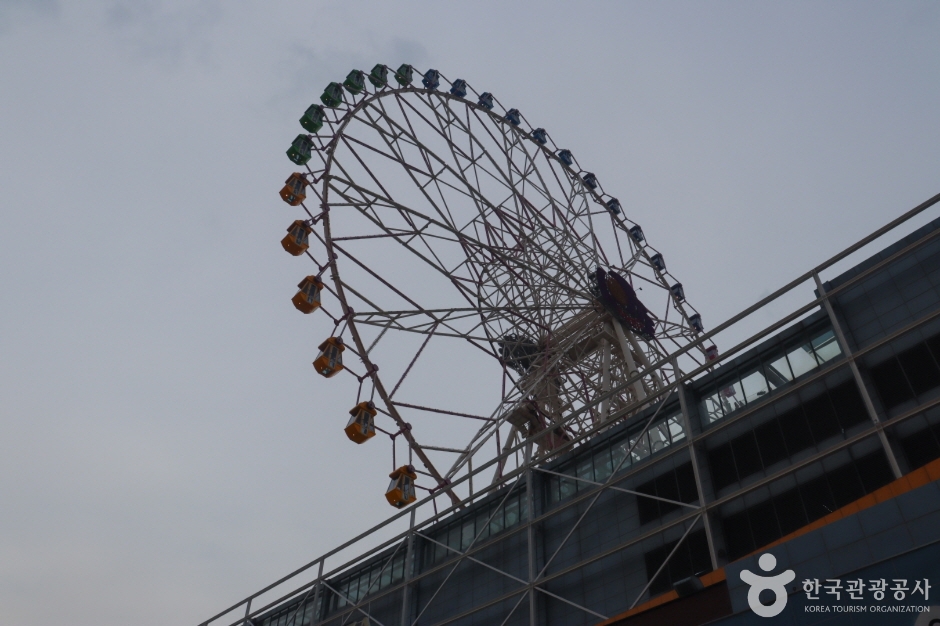

 English
English
 한국어
한국어 日本語
日本語 中文(简体)
中文(简体) Deutsch
Deutsch Français
Français Español
Español Русский
Русский